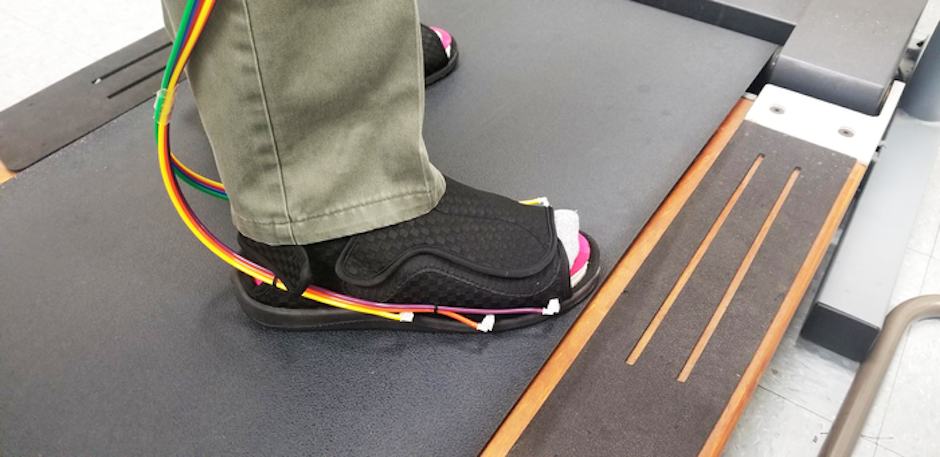Responsive insole could prevent diabetic foot ulcers
Diabetic foot ulcers could be prevented with patented footwear technology developed in Texas that relieves pressure on areas of the feet that experience high stress.

The team is led by Muthu Wijesundara, principal research scientist and head of the Division of Biomedical Technologies at the University of Texas at Arlington Research Institute (UTARI). Their dual-layer insole apparatus for diabetic foot lesion prevention is based on technology developed in partnership with the University of North Texas Health Science Center.
Due to numbness in their legs and feet, people with diabetes are often unable to detect and respond to stress-related pain by adjusting their foot loading. This can result in repeated stress to high-pressure foot regions such as the heel or toes, and can worsen blisters, sores and ulcers to the point of severe tissue loss, amputation and even life-threatening infection.
“Diabetes is a leading cause of amputation worldwide, and there is a major role that technology can play to prevent its devastating effects,” Wijesundara said in a statement. “We are now one step closer to finding a solution to reduce risk of complications related to diabetic foot ulcers.”
Register now to continue reading
Thanks for visiting The Engineer. You’ve now reached your monthly limit of news stories. Register for free to unlock unlimited access to all of our news coverage, as well as premium content including opinion, in-depth features and special reports.
Benefits of registering
-
In-depth insights and coverage of key emerging trends
-
Unrestricted access to special reports throughout the year
-
Daily technology news delivered straight to your inbox










Water Sector Talent Exodus Could Cripple The Sector
Maybe if things are essential for the running of a country and we want to pay a fair price we should be running these utilities on a not for profit...